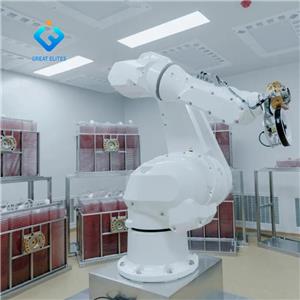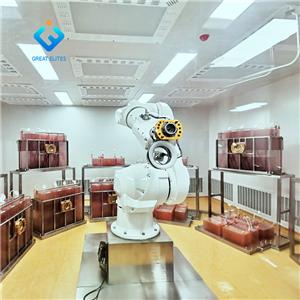Developing a new CRISPR labeling technology may improve the accuracy of using stem cells to cultivate model cells!
Interpretation of cell magazine! Developing a new CRISPR labeling technology may improve the accuracy of using stem cells to cultivate model cells!
It was reported on December 8, 2020. Recently, in a research report entitled "master regulators and cofactors of human neural cell fate specification identified by CRISPR gene activation screens" published in the international journal Cell reports, scientists from Duke University and other institutions developed a new method to transform stem cells into desired cell types by mastering the "language" of gene regulatory networks. It is not a new idea to transform stem cells into other types of cells. At present, there are many methods, but the results still have some places to be improved; Usually, programmed stem cells cannot mature properly in the process of laboratory culture. Therefore, researchers need to find adult neural cells for experiments to finally obtain embryonic neurons. However, embryonic neurons cannot simulate late-onset mental diseases and neurodegenerative diseases.
More broadly, the same method of screening transcription factor genes and gene networks may be used to improve the manufacturing of any cell type, which may be revolutionary for regenerative medicine and cell therapy. For example, the researcher gersbach reported a new method earlier this year, which can use CRISPR based gene activation technology to transform human stem cells into muscle progenitor cells, so as to regenerate damaged skeletal muscle tissue. The key of this study is to develop the strong and expandability of DNA targeting based on CRISPR, so as to program any function into any cell type. By using the gene network encoded in the genome, the control ability of researchers on cell biology may be greatly improved.
Original: master regulators and cofactors of human neural cell fate specification identified by CRISPR gene activation screens




